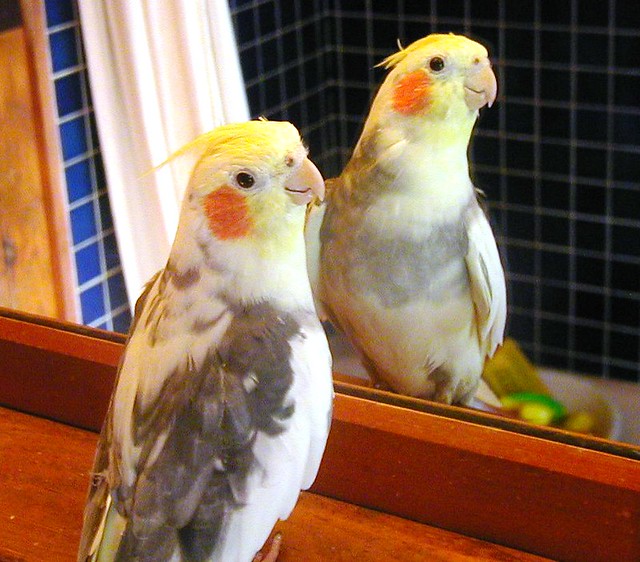 |
| (Photo credit: Wikipedia) |
Parrots are the most misunderstood birds in existence. It's up to you to get thru better relationships with your bird, for it is, what you make it so. Before knowing it, at the slightest trait overlook, this bird in your cage could create havocs of anxiety and frustrations in your life. Basically, parrots need real training, otherwise, you will one day find out, it becomes an undesirable annoying character stealing away every bit of your peaceful, chaos-free moments.
Basics in training start with the bird's character traits and instincts. Your first approach is to notice its biting habits and screaming. These are inherent to parrots especially if it seemed likely to be ignored.
Like humans, they develop into an emotional outburst, and their tendency is to find an object to throw out their fits.
Like humans, they develop into an emotional outburst, and their tendency is to find an object to throw out their fits.
Instinctive biting and screaming loudly distract. Try to find out what causes such behaviour. Every bit of undesirable action could be a reaction that actually comes from its surrounding environment, either from your very self or from anyone among your companions inside the house.
Behavioural Aspects of Training
1. Let us deal with terms similar to psychology in humans.
- Operant conditioning, a situation in training, on other domestics or your bird pet; reacting well in order to gain something positive, or to evade something negative. Example: Directing your bird to whistle, if it mimics the action, you hand in its food. Next time, the instinct to eat allows impulsive choice to obey, whatever you want it to do, a whip of your finger, or cue from your mouth.
- The bridging stimulus set an example when a hand is raised to command the bird to perch in one corner of the cage, the demonstrative actions serve a bridge for the parrot to choose in abeyance following the hand cuing because a toy is ready at reach.
2. Do not punish pets for any negative attitude or actions done previously.
Example: When it unties cage's knots (birds do keep biting and untying); a long time before you discovered it, don't whip or deprive it of meals. Birds or animals do not know of past and future. Bird's instinct is to live or act "here" and "now," and never aware of anything done ostentatiously. Turn to let a parrot obey you on what it does at the moment.
A large scale of parrot species needs to be captivated to ensure you with one of the best pet favoured by many households. Research where your pet originated in order to pursue utmost care in mutual relationships between humans and birds.


